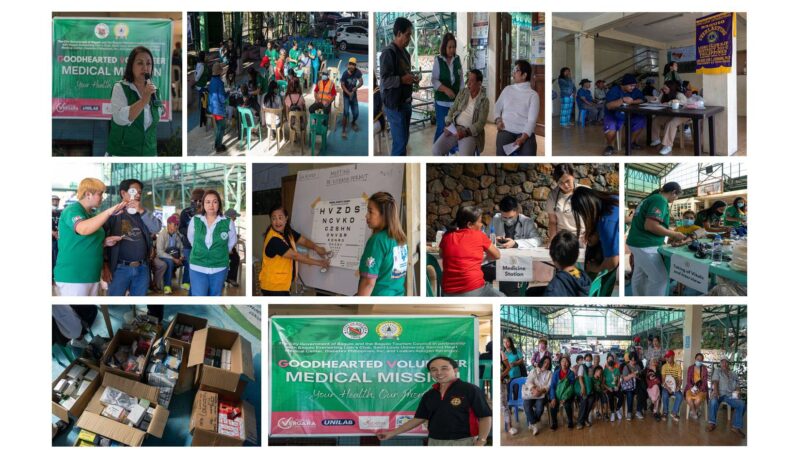City joins un-backed disaster resiliency training in South Korea

In line with the city’s thrust towards achieving disaster resilience, a select team from the City Disaster Risk Reduction Management Office (CDRRMO) and other concerned departments joined a Training on Urban Resilience and Making Cities Resilient by 2030 (MCR2030) in Incheon, South Korea from October 25 t0 28 this year conducted by the United Nations Office for Disaster Risk Reduction.
On behalf of the Summer Capital, the team received a Certificate of Commitment to Disaster Risk Resilience and Reduction that reads: “The city strives to become inclusive, safe, resilient and sustainable by 2030 and commits to reducing disaster and climate risk and continue to improve sustainability by taking actions to enhance resilience.”
Training objectives include enhancing understanding on urban resilience; completing the disaster resilience scorecard for cities; identifying key gap areas and priorities for action; connecting with MCR2030 partners and service providers; peer-to-peer learning and exchange; and learning from resilience hubs.
This was reported by CDRRMO head Antonette Anaban, team leader, in the management committee meeting of city officials, Nov. 15, led by Mayor Benjamin Magalong at City Hall.
She shared the 10 essentials for making cities resilient: Organize for disaster resilience; identify, understand and use current and future risk scenarios; strengthen financial capability for resilience; pursue resilient urban development and design; and safeguard natural buffers to enhance the protective functions offered by natural capital.
Strengthening institutional capacity for resilience; understand and strengthen societal capacity for resilience; increase infrastructure resilience; ensure effective disaster response; and expedite recovery and build back better.
As a way forward for the city, Anaban stressed the need for an executive order creating the MCR technical working group whose immediate task is to draft the city’s roadmap towards resiliency and the presentation of the preliminary assessment result.
She also suggests that the City DRRM Plan be reviewed and revisited to integrate the MCR in the planning framework and design; cascading the MCR to the barangays; integrate resilience in the crafting of a project prioritization criteria for DRRM-funded programs, projects and activities; and expanding to the Metro BLISTT (Baguio, La Trinidad, Itogon, Sablan, Tuba, Tublay) Development Authority as a form of inter-local cooperation.
Earlier, the city passed its updated contingency plans for earthquake, hydrometeorological hazards and emerging and re-emerging infectious diseases. – Gaby B. Keith







